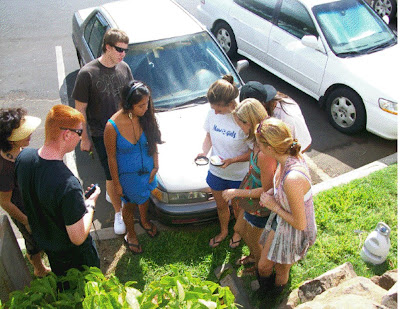GEOCACHING
Geocaching is an outdoor sporting activity in which the participants use a Global Positioning System (GPS) receiver or other navigation techniques to hide and seek containers, called "geocaches" or "caches", anywhere in the world. A typical cache is a small waterproof container containing a logbook. Larger containers such as plastic storage containers like tupperware or ammo boxes can also contain items for trading, usually toys or trinkets of little value. Geocaching is often described as a "game of high-tech hide and seek," sharing many aspects with benchmarking, trigpointing, orienteering, treasure-hunting, letterboxing, and waymarking.
What I Learned
What i learned about Geocaching is that, The hobby of Geochaching is a lot more popular that you think. People from all over the world travel around to go on Geocaching adventures. It is very fun to do with a group of people.
What we found
On the Geochaching adventures I went on with this class, we found all sorts of things. such as Guitar pics, collectible caps, all sorts of coins, nails, small carved turtles, rings, bottle caps and other small nick-nack items.



